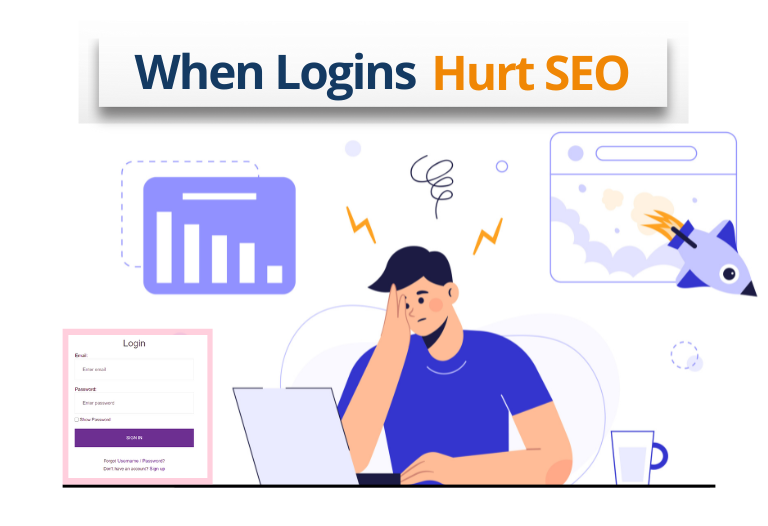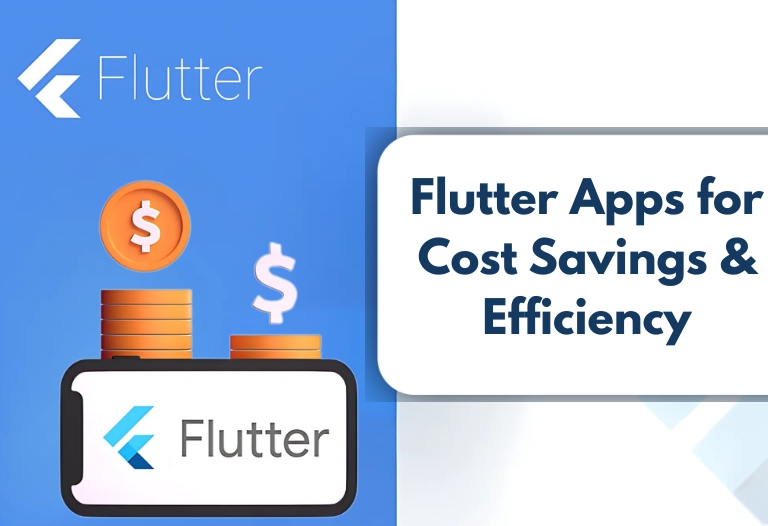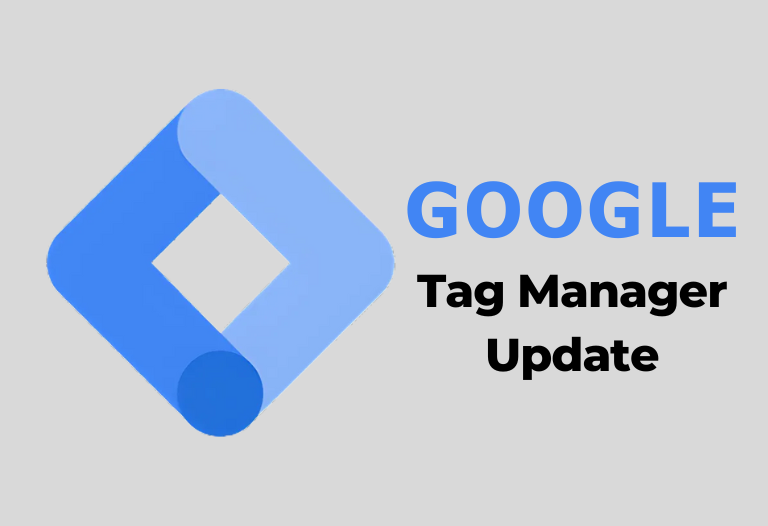
Introduction
Blockchain, a distributed digital record used for various transactions, agreements/contracts, tracking, and payment, is powering innovative solutions by Blockchain Development Company .It is very transparent since every transaction is recorded on a block and across several copies of the ledger dispersed across many nodes (computers). It is also secure since each block is linked to the one before and after it. There is no single central authority over the blockchain, and it is incredibly efficient and scalable. Finally, blockchain can improve the efficiency and transparency of supply chains, affecting everything from warehousing to delivery to payment. Many things require a chain of command, and blockchain includes one.
Blockchain provides the requirements for the integrity and stability of the supply chain since all entities on the chain have the same ledger version. There is no dispute in the chain about transactions, and the ownership of any goods is visible to everyone on the blockchain.
Significance of supply chain management, and challenges
Managing today’s supply chains—all the relationships that go into generating and delivering goods—is complicated. Depending on the product, the supply chain might have hundreds of phases, different geographical (international) locations, invoices and payments, many people and companies, and last months. Because of the complexity and lack of transparency in our present supply networks, there is considerable interest in how blockchains may alter the supply chain and logistics business.
Traditional Supply Chain Management’s Challenges
The current supply chain is interrupted in various places. Because there is a substantial lack of transparency in the existing system, it is difficult for customers or purchasers to understand the worth of items. Similarly, when suspicion of unlawful or unethical behaviour remains, it gets more harder to probe supply networks. They can also be inefficient as vendors and suppliers strive to figure out who needs what, when, and how.
Traditional supply chain management may be inefficient, expensive, and difficult to understand. Some of the most significant issues are:
- Lack of transparency
- Slow and inefficient processes
- Expensive intermediaries
Basic principles technology of Blockchain Development Company
Blockchain technology is a sophisticated database technology that allows the transparent sharing of information within a corporate and manufacturing network. Data stored in blocks are linked together in a chain in the so-called blockchain database. Since one cannot delete or modify the chain without network consensus, the data is consistent throughout. Blockchain technology is used to establish unchangeable ledgers for recording orders, payments, accounts, and other transactions. The system also prevents illegal transaction submissions and ensures a consistent shared view of these transactions.
Decentralized and secure nature
No one in a decentralized blockchain network must know or trust anybody else. Each network participant has a distributed ledger with a copy of the same data. If a member’s ledger is edited or corrupted in any manner, it will be rejected by most network members. Companies frequently communicate data with their partners. This data is then generally modified and kept in each party’s data silos, only to reappear when it must be transferred downstream. With decentralized data storage, every entity has access to a real-time, shared view of the data.
Transparency and Traceability
Blockchain provides more transparent and accurate insight into the tracking process, allowing firms to notice and handle possible issues like compliance breaches, counterfeit items, delays, and waste more quickly. Organizations can also choose to share track and trace data with their consumers to certify the authenticity of their products and ensure that their supply chain activities are ethical.
Traceability is another application of blockchain in the supply chain. Traceability is the ability to determine the previous and present locations of inventory and get a record of custody of that inventory as goods travel from raw materials to sellers and consumers in supply chain management.
Examples of blockchain use in supply chains
Blockchains allow for the transmission of payments globally without using a traditional bank. Australian automotive maker Tom car pays its suppliers with Bitcoin using this technology.
The food industry requires accurate records for tracking the origin of each product. Walmart uses blockchain to track its pork imports from China. The blockchain records each piece of meat from where it was procured, how it was processed, and kept, and its sell-by date. Nestle, Unilever, and Tyson all use blockchain for similar objectives.
Understanding Blockchain Immutability
Blockchain immutability ensures that ledger records cannot be modified or deleted. Every transaction data in the block is processed using hash value or cryptogenic principle. The hash value consists of alphanumeric strings that each block creates independently. Each block has a unique digital signature or hash value. This nomenclature ensures that all blocks are connected and unbreakable.
Enhanced Security
Encryption and cryptographic keys are used in blockchain technology as they ensure the safety and privacy of data. The decentralized architecture and robust validation methods ensure the integrity of data records, thus giving it robust protection against illegal access and cyber-attacks.
Real-Time Tracking
Supply chain organizations use blockchain to track changes made in the production process using a single shared ledger, detailed data visibility, and a single source of truth. Companies may query a product’s status and location at any point since transactions are constantly time-stamped and up-to-date.
Pharmaceutical businesses may use blockchain to carefully track pharmaceuticals across the whole supply chain using individual serial numbers. The network ledger tracks production changes by serial number and acts as a tamper-proof source of truth, removing opportunities for malicious actors. Blockchains may be used to track the origins of medications, the transportation of drugs, and the acquisition of raw materials.
Bottlenecks and clerical mistakes are reduced via distributed and decentralized public ledgers. Furthermore, they give organizations with data for tracking the movements of shipping containers, identifying time-wasting activities, and developing future simpler routes.
Reduced Counterfeit Items
Customers may scan a QR code to authenticate the legitimacy of their purchase. 2. Pharmaceuticals: Blockchain combats the spread of counterfeit/modified medications by providing real-time tracking from the producer to the customer, assuring the supply chain’s integrity.
Efficient Inventory Management
A blockchain network shared by production facilities, warehouses, suppliers, and other business partners offers a centralized source of inventory data available to all parties. Manufacturers may keep track of which items are in stock at any one moment, set delivery dates, and reorder stock depending on demand and availability. This assists producers in avoiding the expensive accumulation of surplus inventory. It also assists them in orchestrating the timely delivery of materials and monitoring if suppliers are meeting agreed delivery dates.
Faster Transactions and Payments
Cross-border payments using blockchain are faster than traditional international transfers because of the technology’s near real-time processing capabilities. Blockchain allows senders and receivers to access cash quickly, which is useful when prompt payments are required.
Tron, for example, is intended to be a fast, low-cost blockchain platform for decentralized apps (dApps) and decentralized finance (DeFi) applications. It employs a Delegated Proof of Stake (DPoS) consensus process that allows for quick and efficient transaction validation.
Privacy and data integrity
To ensure data integrity in a blockchain and supply chain system, data must be accurate and reliable from the point of generation to the point of use on the blockchain. As an example, the safe and transparent administration of medical records is a basic use of blockchain technology in healthcare.
Traditional methods of storing and exchanging medical data have several shortcomings, including data silos, a lack of interoperability, and privacy issues. Healthcare institutions may use blockchain to build a decentralized network that securely stores patient data such as medical history, test results, and therapies.
Collaborative Network
Blockchain promotes greater communication and collaboration among stakeholders with safe and transparent data sharing. This partnership enables effective tracking of items, efficient inventory management, demand, and supply forecasting. The net result is increased efficiency and lower costs.
Paperwork and documentation reduction
Blockchain technology offers global payment processing services and other types of transactions by utilizing encrypted distributed ledgers that provide reliable real-time transaction verification. As a result, middlemen, like clearing houses and correspondent banks are no longer required.
The most apparent use cases for blockchain in banking are transaction recording and verification. Blockchain enables banks to automate back-office activities and decrease manual mistakes, saving corporations millions of dollars.
Insights and Predictive Analytics
Banks and other businesses that require real-time data analysis on a big scale can use blockchain to notice changes in data in real-time, allowing them to make swift choices. Furthermore, blockchain allows for the collection of structured data from people or individual devices. IoT data recorded in shared blockchain ledgers allows all stakeholders to track component origin throughout the life of a product. It is safe, simple, and inexpensive to share this information with regulatory bodies, shippers, and manufacturers. IoT devices monitor the status of essential machinery and their maintenance.
Environmental Impact and Sustainability
Blockchain technology may help with a variety of environmental sustainability issues, and its uses are constantly evolving.
Carbon Footprint Tracking:
Blockchain can precisely monitor and record carbon emissions data.
Supply Chain Transparency:
It improves supply chain transparency thus enabling sustainable practices such as fair trade and ethical sourcing.
Garbage Management: Blockchain records garbage disposal and recycling operations, enhancing waste management, and lowering environmental effects.
Tokenized Green Investments: Blockchain enables tokenized ownership of green assets such as renewable energy plants or carbon credits.
Case Studies
Logistics
UPS, a logistics MNC created a blockchain platform in collaboration with an e-commerce firm Inxeption. The platform Inception Zippy ensured secure and streamlined B2B transactions. The result was increased efficiency, transparency, and better inventory control management.
Food
Walmart collaborated with IBM to deploy a blockchain process for identifying the contamination in food products. The result was better food quality and safety while transparency and traceability in its food supply chain improved.
Pharmaceutical
Pfizer collaborated with Chronicled, a Blockchain solution provider, to improve the traceability and security of pharmaceutical products. The process ensured that each item had its batch number, code, location, and expiry dates, and the records were unassailable.
Outlook of Blockchain in SCM
Every second we see millions of emails sent and received, internet searches on Google, and massive data generated globally. This makes it more important for Supply Chain Management(SCM) to remain competitive and for that embracing progressive technology such as Blockchain is a must.
The exponential growth of trade globally often sees a lack of transparency. Invoicing, payments, and shipments take several months. To overcome these challenges, Blockchain offers robust mechanisms where security, traceability, and faster execution of digital agreements payments are promised. The fact that blockchain has a cryptocurrency payment mechanism on its platform makes monitoring financial transactions quick and safe.
Conclusion
Blockchain technology can transform supply chain management through faster execution, lower operating costs, and greater transparency. Though the technology is still at a nascent stage, there are several instances where businesses have been using this platform for better results in supply chain management.
However, it is worth observing that various obstacles need to be resolved before blockchain can be used on a larger scale in the supply chain business. Regulatory bottlenecks, concerns regarding its interoperability, need for standard procedures are challenges and need to be overcome.




 January 2, 2024
January 2, 2024









